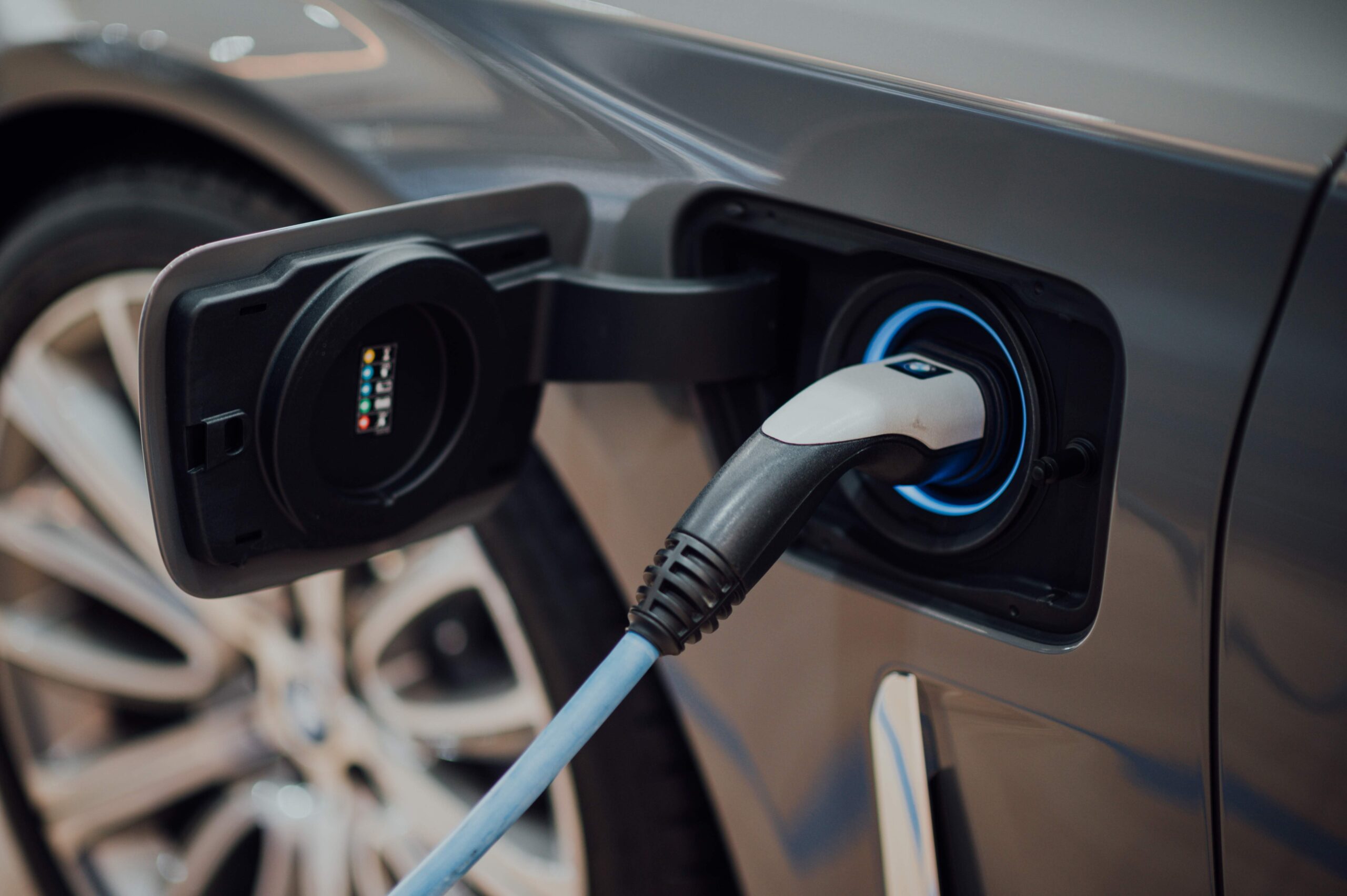It is well known at this point that driving is one of the biggest contributors to greenhouse gas emissions, which in turn contributes to our poor climate conditions. Lawmakers for several years now have pushed towards a more electric driving system, making state and federal mandates regarding the sale of future fuel driven cars. Famously California has in place a rule that all new vehicles sold starting in 2030 must be electric. These rules have put pressure on automakers to go fully electric as well, leading to more electric vehicles on the market than we have ever seen. However, many manufacturers have expressed that the consumers are simply not buying the electric vehicles. This has led to a redirection in which drivers known as “super drivers” are now being pushed towards purchasing electric vehicles.
A super driver is someone who drives an average of around 110 miles per day.
The average driver in the U.S. drives an annual average of 13,400 miles per day. The average super driver in the U.S. drives an annual average of around 40,200 miles per day. This steep jump in miles traveled represents just a small portion of U.S. drivers, but this small portion makes up around one-third of the United States’ gasoline use.
Usually, super drivers are people who either have long commutes to their job, or they work a job in which they have to go to numerous job sites in a day. For example, The New York Times spoke with a man named Pedro Jimenez who says he drives an average of 150 to 200 miles a day. In his case, he goes around to many different job sites as he remodels homes and apartments by trade. He currently drives a fuel powered pickup truck but has begun to consider driving an electric one instead.
The biggest obstacles for drivers like Jimenez are the upfront cost and lack of charging stations.
Studies report that most people who fall into the super driver category of drivers often fall into the low to middle income range. They often have been pushed out of cities due to the high-cost housing crisis which is what leads to longer commutes for them. Usually, they live in rural and smaller towns, which would have even less access to charging stations than larger towns would.
In an effort to boost the appeal of going electric some starts have considered offering rebates and other incentive packages.

 With Us"
With Us"



